Who allied with British during freedom struggle: Rahul takes on Modi over ‘Muslim League’ remark
Rahul said that the 2024 Lok Sabha election is a battle between two ideologies.
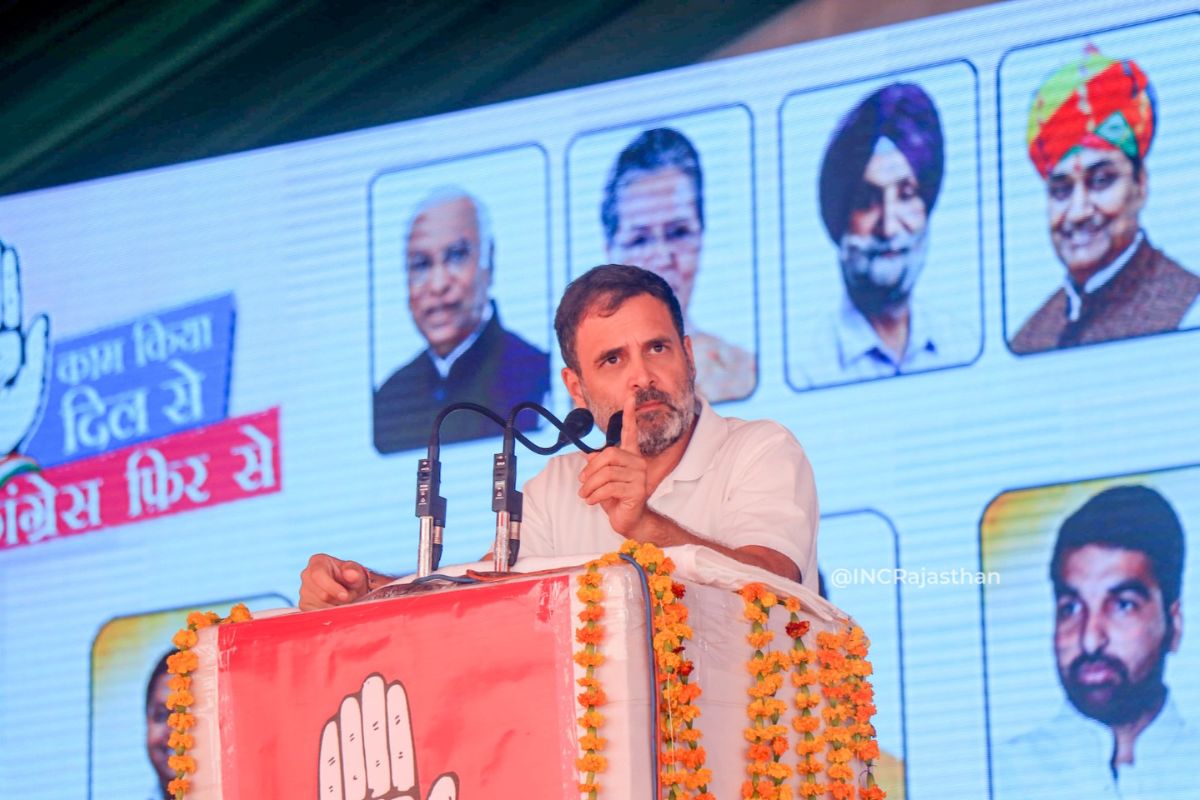
Rahul said that the 2024 Lok Sabha election is a battle between two ideologies.
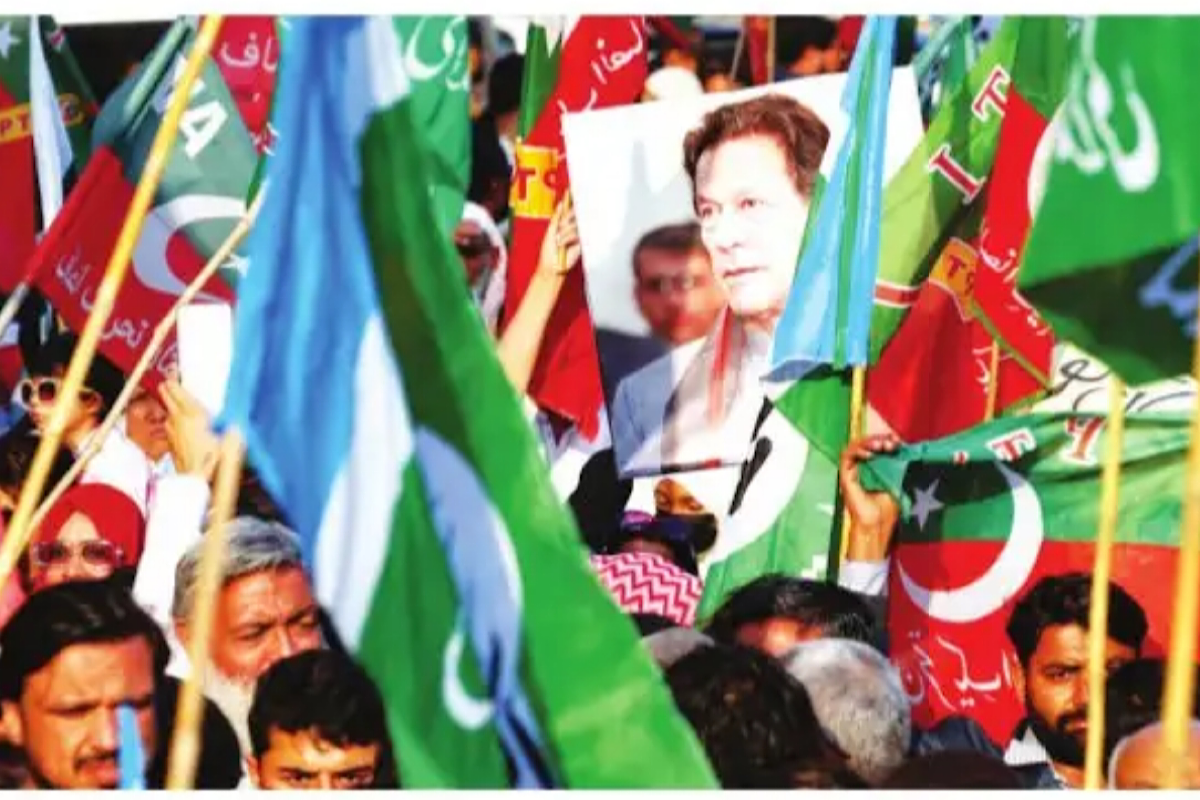
In Punjab, the picture is similar to, and as confused as, the one at the national level.
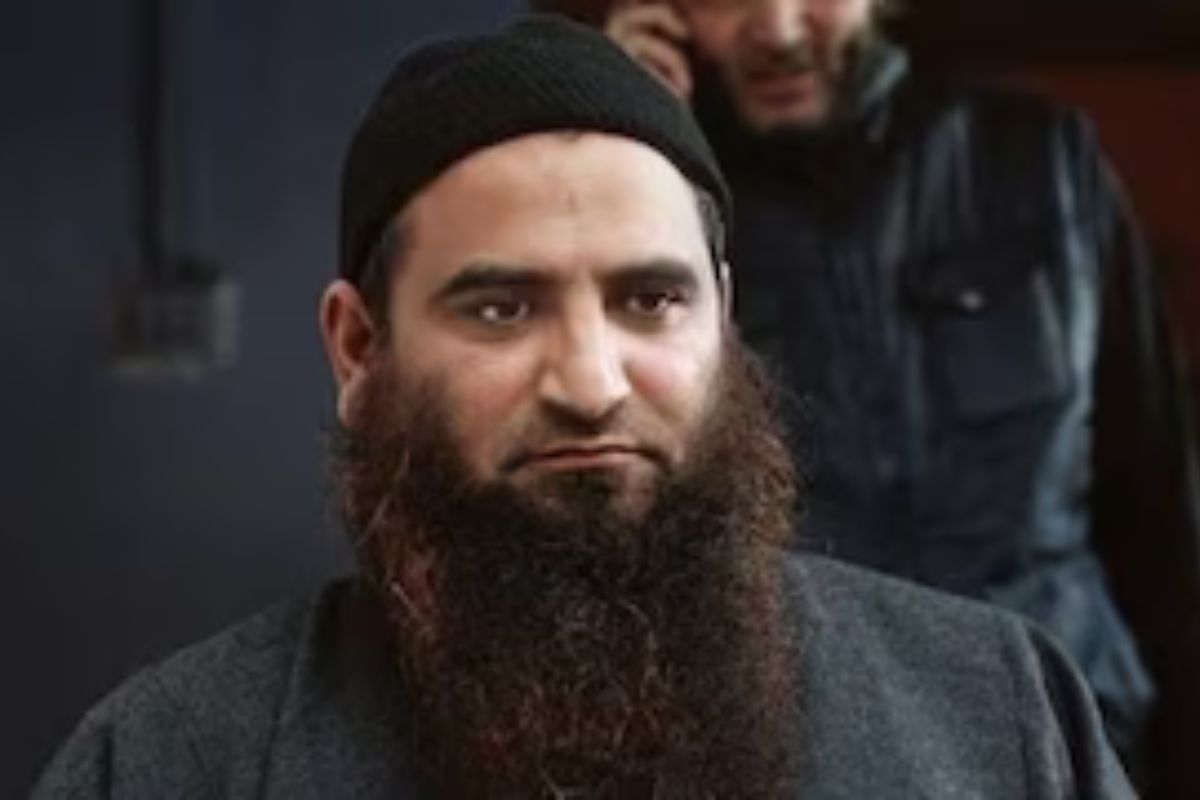
In a post on platform 'X', Union Home Minister Amit Shah on Wednesday made it clear that anyone acting against the unity, sovereignty, and integrity of the nation will not be spared and face the full wrath of the law.
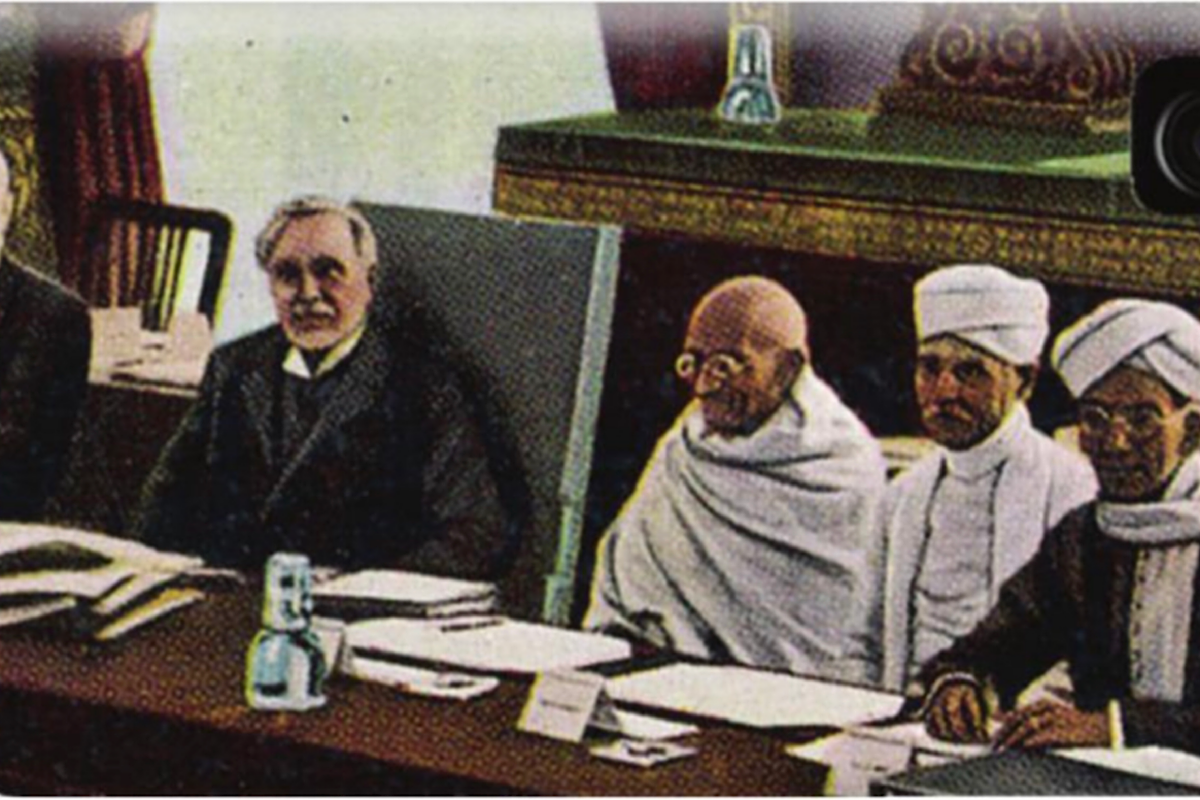
In the summer of 1940 both Churchill and Gandhi knew that they were facing the most serious challenges of their lives. Churchills mission was first to stop Hitlers aggression and then defeat him. For Gandhi, it was an unprecedented opportunity to prove to his own people and the world the efficacy of nonviolent satyagraha; to compel the British to grant independence to India and change the course of human history by proving righteousness and effectiveness of non-violent mass action to resolve conflicts
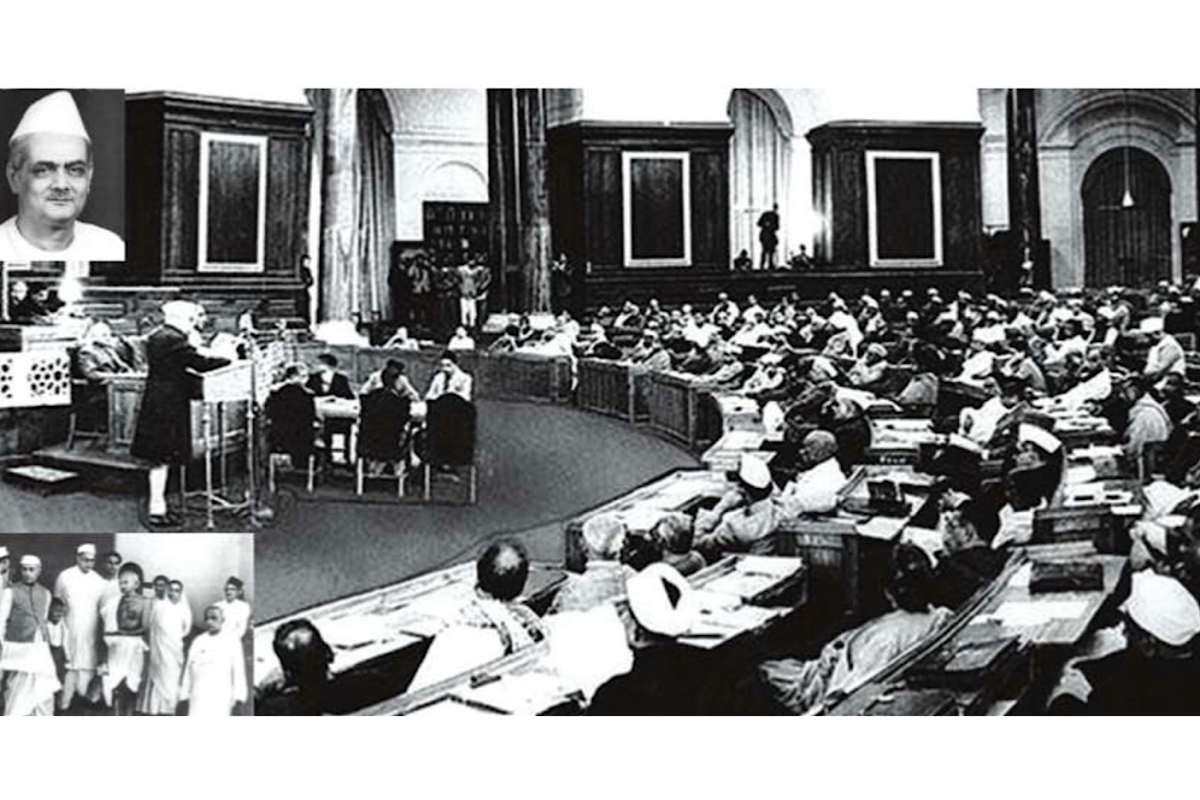
In the heyday of the Congress one-party dominant system, Speaker Mavlankar stipulated that an official opposition party status would require a minimum presence of 10 per cent in the Lok Sabha. The underlying assumption was that with the maturing of democracy, a balanced party system would evolve and a well-defined space would facilitate accommodation of the opposition to be effective and articulate and eventually become part of the government, as is the practice in Britain
The Indian Union Muslim League, is an ally of the Congress-led UDF in Kerala. Rahul Gandhi represented Wayanad in the Lok Sabha before being disqualified from Parliament.
Earlier, on Friday, Vice Chancellor Singh presided over the meeting of the Academic Council, saying that those who laid the foundation to break India should not be included in the varsity's syllabus.
Party alleged Congress changed its stand on the bill to remove governor as chancellor of universities under the influence of the Muslim League.
While many of the senior leaders of Congress came out against Tharoor, it is the youths who are attracted towards the wave created by him in Congress politics in Kerala.
Being ignored by Congress, Jinnah had no option but to join the Muslim League to fulfill his political ambition